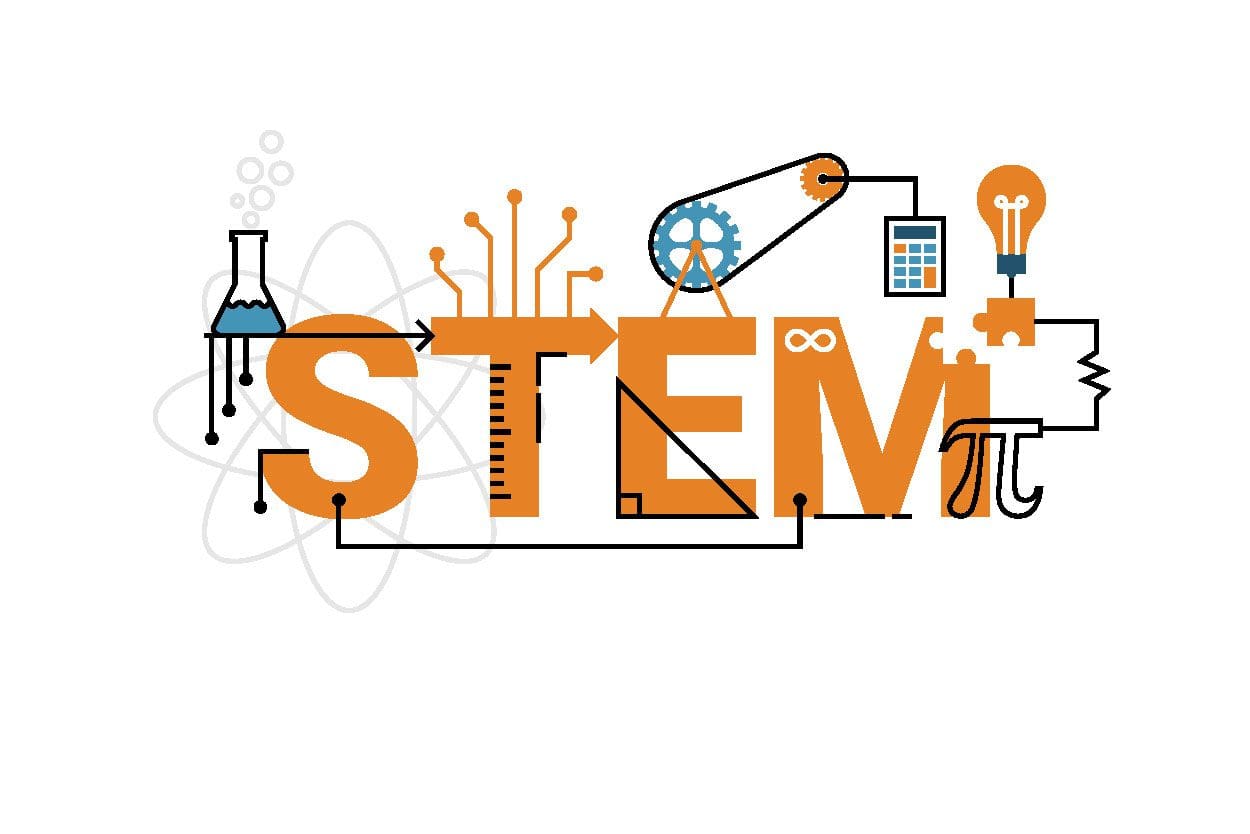Dasiwang: Your Gateway to Trending Insights
Stay updated with the latest news, trends, and insights across various topics.
STEMming the Tide: Why Every Child Should Dive In
Unlock your child's potential! Discover why diving into STEM is key for future success and innovation in our latest blog.
The Importance of Early STEM Education: Building Foundations for Future Innovators
The importance of early STEM education cannot be overstated, as it lays the groundwork for nurturing the next generation of innovators. By introducing children to science, technology, engineering, and mathematics at a young age, we help them develop critical thinking and problem-solving skills that are essential in today's fast-paced world. Engaging children in hands-on activities and interdisciplinary learning fosters creativity and encourages them to explore real-world applications of STEM concepts. This not only ignites their curiosity but also prepares them for future academic pursuits and career opportunities in diverse fields.
Moreover, early exposure to STEM subjects can significantly influence children's attitudes towards these disciplines, making them feel more confident and capable in their abilities. Educational programs that emphasize collaboration, exploration, and innovative thinking create an environment where children learn to embrace challenges and view failures as stepping stones to success. By investing in early STEM education, we are not only improving individual outcomes but also contributing to a more skilled and innovative workforce, essential for driving progress and addressing global challenges in the years to come.

Top 5 Benefits of Engaging Children in STEM Activities
STEM activities play a crucial role in enhancing children's creativity and critical thinking skills. By engaging in science, technology, engineering, and math projects, children learn to approach problems methodically and develop innovative solutions. This hands-on learning experience fosters a sense of curiosity and encourages them to ask questions, diving deeper into subjects they find fascinating. Moreover, the collaborative nature of many STEM activities teaches children the value of teamwork and communication, skills that are essential in both academic and professional environments.
Another significant benefit of engaging children in STEM activities is the potential for improved academic performance. Studies show that students who participate in these programs often excel in other subjects, as they learn to apply critical thinking and problem-solving skills across the board. Additionally, by stimulating interests in these fields, we can inspire the next generation of innovators and leaders. Here are the top five benefits of incorporating STEM activities into children's routines:
- Enhances problem-solving skills
- Promotes critical thinking
- Encourages creativity
- Fosters teamwork and communication
- Improves academic performance
How to Encourage Your Child’s Interest in Science, Technology, Engineering, and Math
Encouraging your child's interest in Science, Technology, Engineering, and Math (STEM) can be both fun and rewarding. Start by incorporating STEM-related activities into your family's daily routine. For example, set aside time each week for science experiments at home, where you can mix simple household items to create engaging reactions. Additionally, consider visiting local science museums or attending workshops that focus on engineering principles. These hands-on experiences ignite curiosity and help children see the real-world applications of STEM concepts.
Involving your child in STEM projects can also foster a deeper understanding and appreciation for these fields. Encourage them to join clubs or extracurricular activities that focus on technology or math problems. Consider the following tips:
- Encourage questions and exploration—no question is too silly.
- Be enthusiastic about their discoveries, celebrating both successes and failures.
- Provide access to resources such as books, educational games, and online tutorials.